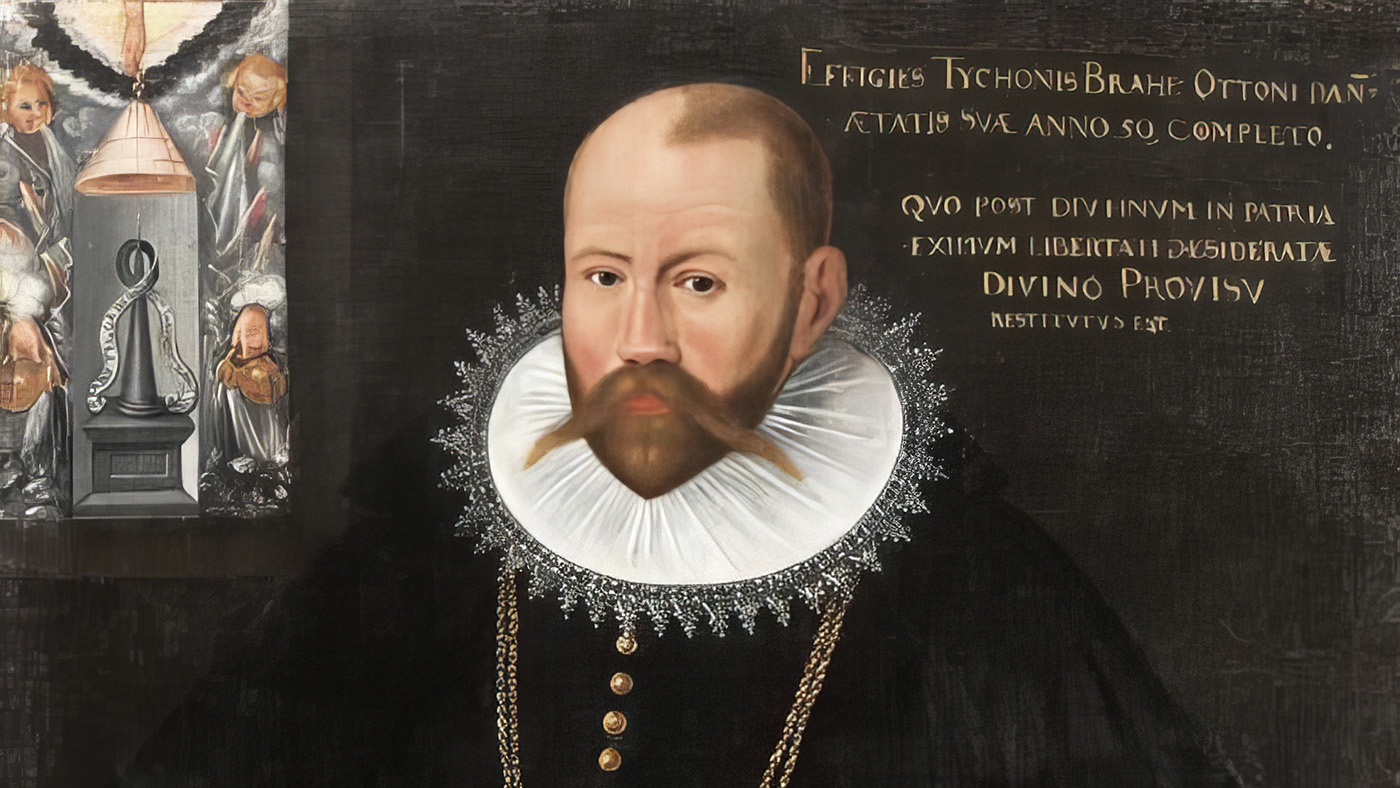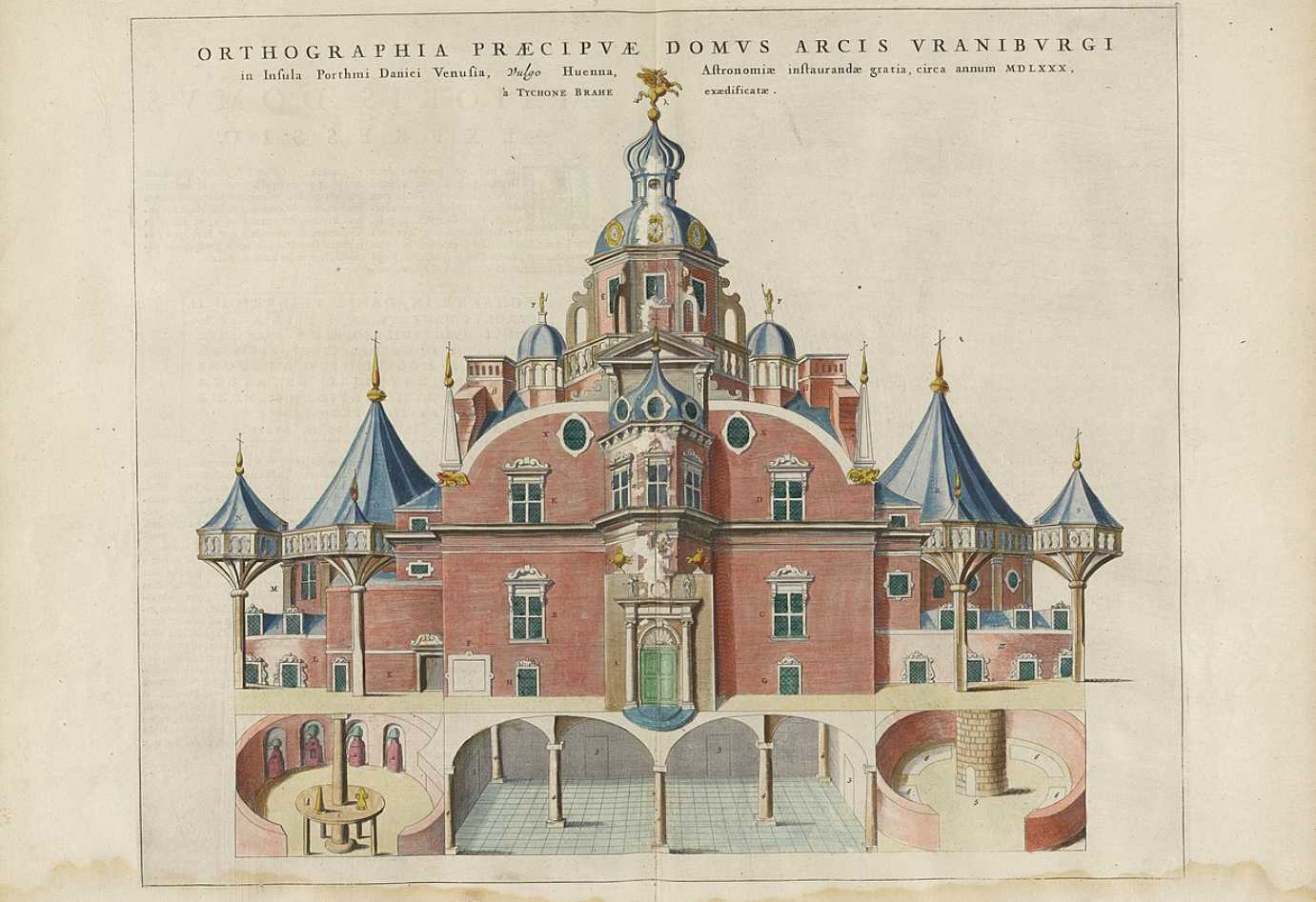Archaeological excavations have revealed traces of tungsten in the laboratory of Danish astronomer Tycho Brahe, although this element was officially discovered only in the 18th century.
Tycho Brahe, known primarily as a prominent 16th-century astronomer, made a significant contribution to the development of science. He significantly improved the accuracy of observations of stars and planets, compiled tables of visible distortions of celestial bodies due to atmospheric refraction, described a supernova explosion in the constellation Cassiopeia, and proved the extraterrestrial origin of comets.

However, Brahe also practiced astrology and alchemy. In 1576, King Frederik II of Denmark granted him the island of Vän in the Øresund Strait, where he built the Uraniborg residence. This building combined an observatory, an alchemical laboratory, and housing for the scientist’s family.

During excavations in 1988-1990, archaeologists found several ceramic and glass fragments in Uraniborg’s garden. Chemist Kaare Lund Rasmussen from the University of Southern Denmark and historian Poul Grinder-Hansen from the National Museum of Denmark studied five of these fragments. The results of their work published in the journal Heritage Science.

Scientists have found traces of nickel, copper, zinc, tin, antimony, tungsten, gold, mercury, and lead on the fragments. The presence of most of these elements is not surprising, as alchemists often used gold and mercury in their experiments. However, the presence of tungsten was a surprise.
«The discovery of tungsten in Tycho Brahe’s laboratory — is a truly amazing discovery. This element was officially discovered only in 1781, when the Swedish chemist Carl Scheele obtained it in its pure form», — said Kaare Lund Rasmussen.
There are several hypotheses about the origin of tungsten in Brahe’s laboratory. Perhaps the element got there through certain minerals used by the alchemist. Another version is related to the description by the German mineralogist Georgius Agricola of a strange substance in tin ore from Saxony, which he called «tungsten» (from the German «Wolf Rahm» — «wolf foam»).
Source: Miragenews
Spelling error report
The following text will be sent to our editors: